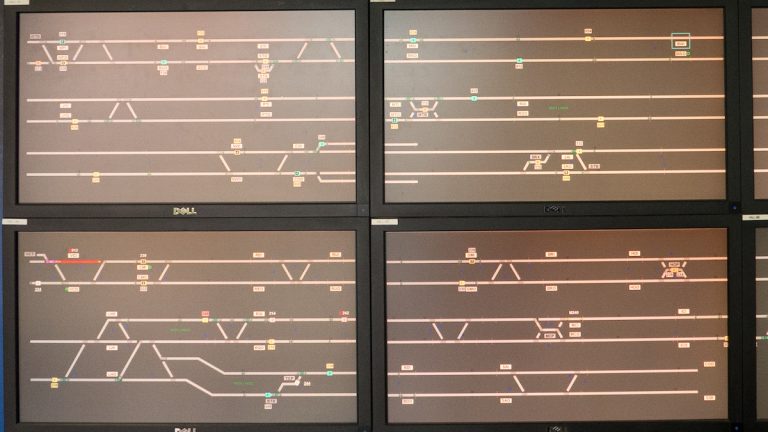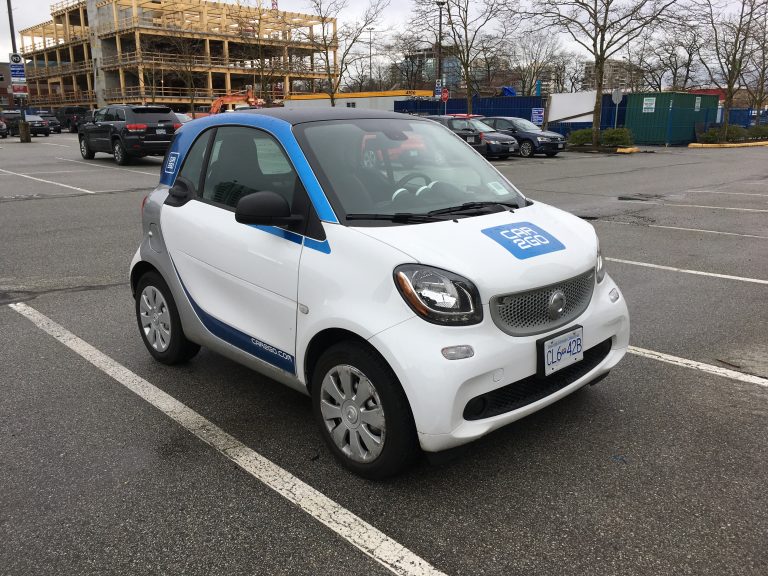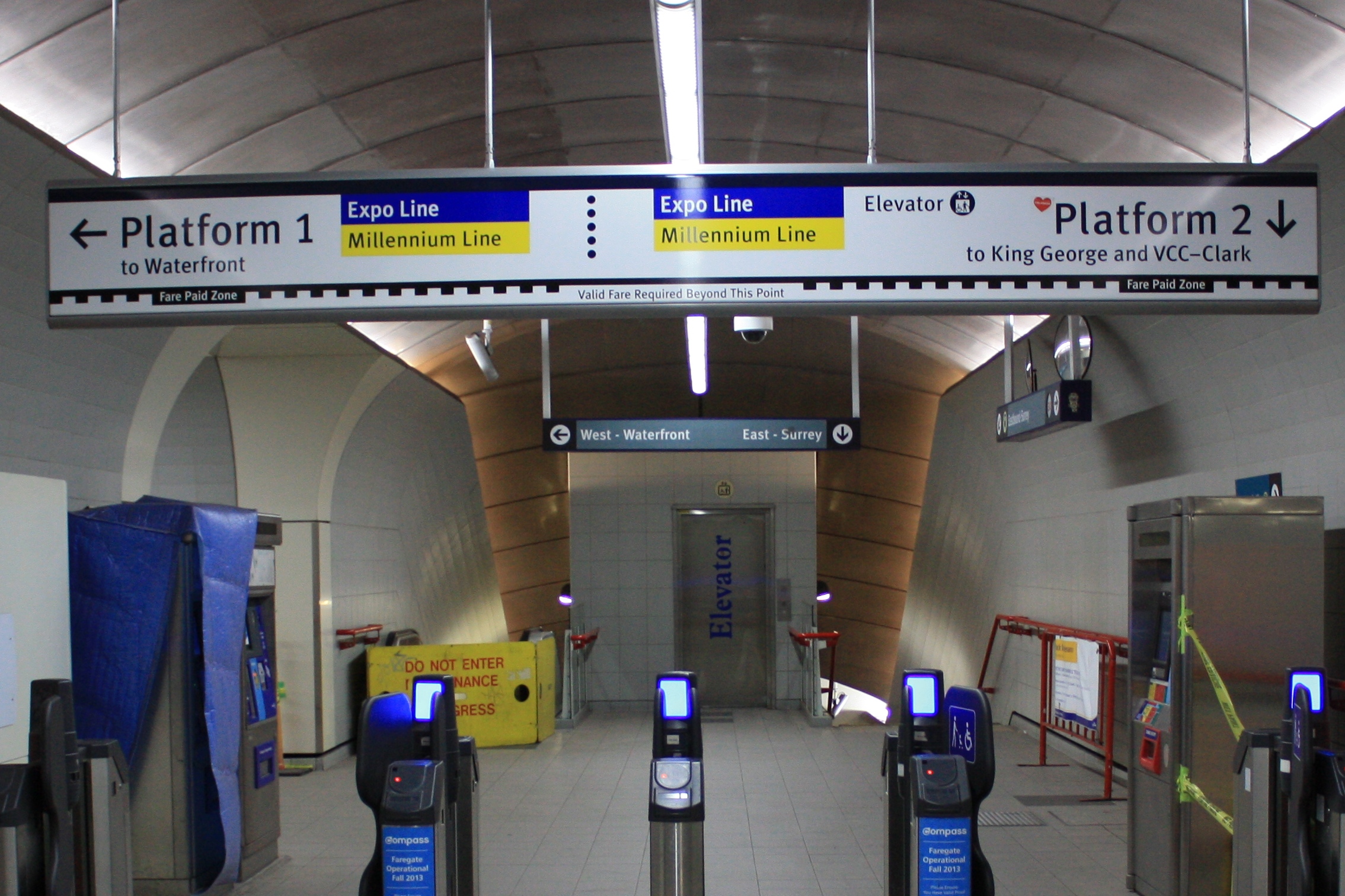This past Wednesday I had an opportunity to tour the SkyTrain Operations and Maintenance Centre (OMC). I have been there once before back in 2010, and a lot has changed since then. First place we visited on the tour was the Control Room. The Control Room is in a restricted area on the top floor of the OMC overlooking the yard. At least eight people staff this room 24 hours a day, monitoring, responding to and resolving problems across the system. Unfortunately I wasn’t allowed to take any photos inside the room. But since the last time, most (not all) Continue Reading
skytrain
Driving around with car2go
About a month ago, I signed up for a car2go account. So far I’ve used it twice already and I’ve been pretty happy with the experience. Why car2go? In the case I miss the last SkyTrain home, the car2go would be a cheaper option than taking a taxi, and more time-efficient than waiting for the Night Bus. (It’s roughly $10 for a 20-minute car2go trip from downtown to Richmond, versus a $35 taxi ride. The earliest Night Bus gets me home around 3am). I share cars with my parents, so in the rare case that they need the cars, I Continue Reading
Post-summer update
I can’t believe it’s September already. The weather is starting to become cool and wet, days are becoming shorter, marking the end of what has been an incredible summer (and year to date). It’s been a while since I’ve written here, so with the changing season I thought I’d share a bit of an update of 2016 so far. Some of these warrant their own blog posts, but until I have time to write the full thing here is a summary.
Fun ways to get from Richmond to Downtown Vancouver on transit
I commute from Richmond to Downtown Vancouver every day for work. Normally I take the Canada Line, which is a quick and reliable way to and from work. As much as I like trains, some days it just seems boring; after all, the majority of the ride is underground. So I tasked myself to find five different ways to get to work (potentially one for each day of the week), if I wanted to take a break from the Canada Line. Let’s assume we’re commuting from Richmond Centre to Waterfront. Obviously we’re not optimizing for travel time. Option 1: 403, Continue Reading
Comments on the new signage at SkyTrain stations
I was going through some of my photos and came across a set where I was comparing old and new signage on the SkyTrain. Below is one example from Granville Station. You can see the new sign in the foreground, with the existing sign further back. What struck me is how complex the information is on the new sign. The primary emphasis (judging from the size of the text) of the new platform signs is placed on the platform numbers, as opposed to the direction of travel as is in the old sign. In fact, the direction of travel isn’t Continue Reading




